In the grand cycle of life, death serves as more than just an ending—it represents a critical transition that fuels new beginnings. When plants wither and animals perish, their physical forms don’t simply disappear; instead, they undergo a remarkable transformation orchestrated by nature’s recycling specialists: decomposers. These often-overlooked organisms perform perhaps the most essential ecological service on our planet, converting dead organic material into nutrient-rich soil that sustains all terrestrial life. Through complex biochemical processes, decomposers unlock the nutrients trapped within deceased organisms, making them available once again to nourish future generations of plants and animals. This intricate dance of decomposition represents nature’s perfect sustainability model—a zero-waste system that has functioned effectively for billions of years, ensuring that nothing truly goes to waste in the natural world.
The Critical Role of Decomposers in Ecosystems
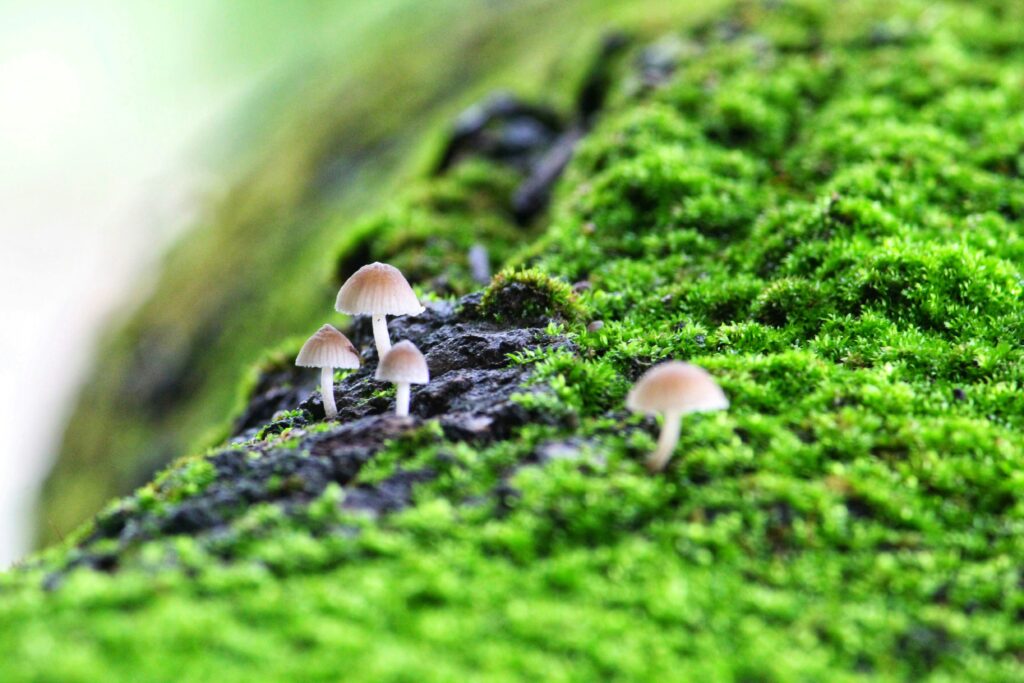
Decomposers serve as nature’s recycling crew, breaking down dead organic material and returning essential nutrients to the soil where they can be reused by living organisms. Without these hardworking entities, dead plants and animals would accumulate indefinitely, locking away crucial elements like nitrogen, phosphorus, and carbon in unusable forms. Ecosystems depend on decomposers to complete the nutrient cycle, ensuring that elements pass from living organisms back to the soil and eventually to new life forms. Their work connects all trophic levels in an ecosystem, making decomposers the unsung heroes that enable the continuation of life on Earth by preventing the permanent loss of vital nutrients.
The Primary Types of Decomposers
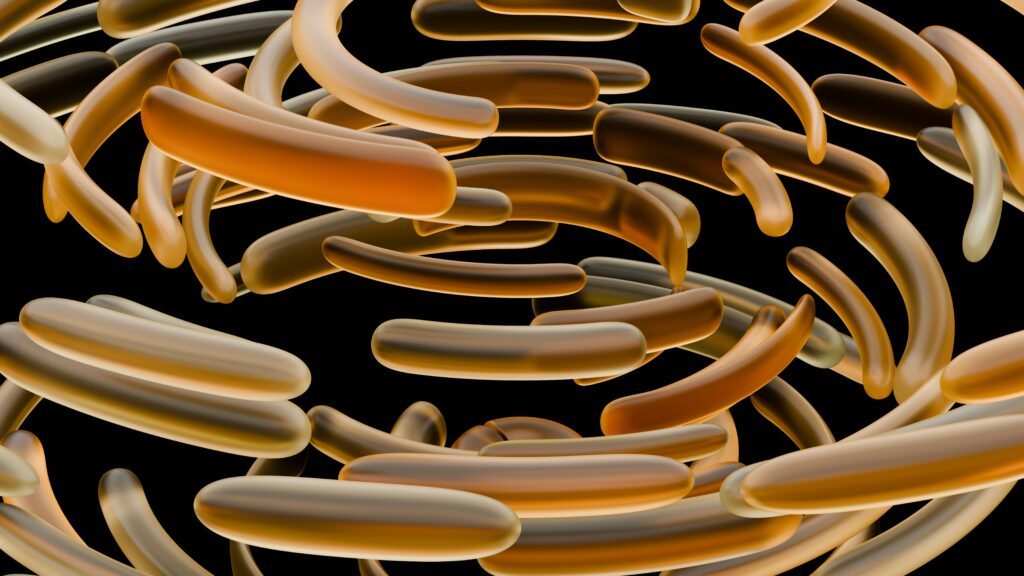
The decomposition workforce consists of several distinct categories of organisms, each specializing in different aspects of breaking down organic matter. Bacteria represent the most abundant decomposers, with billions occupying just a single gram of soil, using powerful enzymes to break complex molecules into simpler forms. Fungi, including mushrooms and their vast underground mycelial networks, excel at breaking down tough plant materials like lignin and cellulose that other decomposers struggle to process. Invertebrates such as earthworms, millipedes, and various insects physically fragment larger organic materials into smaller pieces while mixing and aerating the soil. Certain specialized protozoa and nematodes also contribute to decomposition by consuming bacteria and releasing nutrients in their waste, completing the diverse community of organisms that collaborate in the decomposition process.
Bacterial Decomposition: The Microscopic Powerhouses

Bacteria represent nature’s most efficient decomposers, operating at microscopic scales but with massive collective impact on nutrient cycling. These single-celled organisms secrete specialized enzymes that break chemical bonds in organic matter, essentially dismantling complex molecules into their basic building blocks. Different bacterial species specialize in breaking down specific substances – some target proteins, others focus on carbohydrates, while certain groups can even decompose petroleum products and synthetic materials. Bacterial decomposition accelerates dramatically in warm, moist conditions, which is why compost heats up and tropical environments recycle organic matter so quickly. Some bacteria can work in anaerobic (oxygen-free) environments, producing distinctive byproducts like methane gas that contribute to the characteristic smell of rotting materials.
Fungal Decomposition: Breaking Down the Toughest Materials

Fungi possess unique decomposition abilities that make them indispensable in processing the most resilient plant materials, particularly woody tissues rich in lignin and cellulose. Their thread-like hyphae grow directly into dead material, secreting powerful enzymes that break down complex organic compounds into simpler molecules the fungi can absorb. Some fungi, known as white rot fungi, produce specialized lignin-degrading enzymes that few other organisms can generate, allowing them to decompose fallen trees and branches that would otherwise persist for decades. Mushrooms, which appear periodically above ground, represent just the reproductive structures of vast fungal networks that may extend for hundreds of feet underground, continuously breaking down organic matter. In forest ecosystems, mycorrhizal fungi form symbiotic relationships with living trees while simultaneously decomposing dead plant material, creating direct nutrient transfer systems between the living and the dead.
The Role of Invertebrates in Physical Decomposition
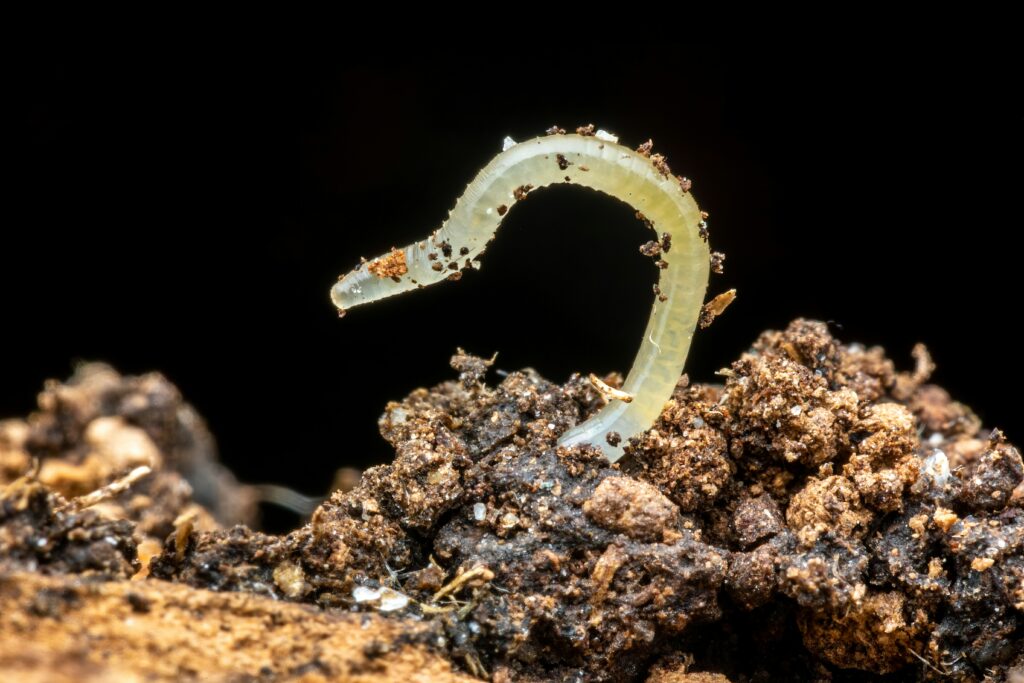
Invertebrates serve as the mechanical processors in the decomposition assembly line, physically breaking larger organic materials into smaller pieces that microscopic decomposers can more easily access. Earthworms consume soil mixed with decaying plant matter, grinding it in their gizzards and releasing nutrient-rich castings that dramatically enhance soil fertility and structure. Millipedes, woodlice, and termites specialize in processing tough plant materials, shredding leaves and wood into fragments while inoculating them with microbes from their digestive tracts. Dung beetles recycle animal waste by rolling it into balls, burying it underground, and laying their eggs within it, accelerating the breakdown of manure and returning its nutrients to the soil. These invertebrate decomposers also mix organic matter throughout different soil layers, improving aeration and creating channels for water infiltration that benefit plant roots and soil microorganisms alike.
The Chemical Processes of Decomposition
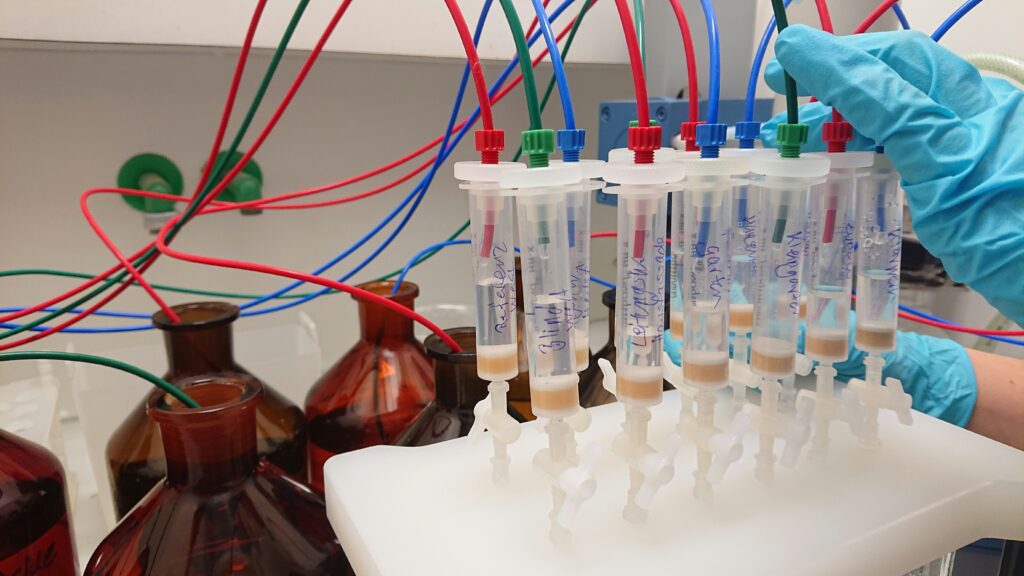
Decomposition involves several distinct chemical processes that systematically dismantle complex organic molecules into simpler compounds plants can absorb. Enzymes secreted by decomposer organisms catalyze hydrolysis reactions that break chemical bonds by adding water molecules, converting polymers like proteins and cellulose into their constituent monomers. Oxidation reactions, facilitated by oxygen in the soil, convert elements like carbon into forms such as carbon dioxide or carbonates, while nitrogen undergoes transformations from organic compounds to ammonia and eventually nitrates. Fermentation occurs in oxygen-limited conditions where certain bacteria produce alcohols, organic acids, and gases as they break down organic materials. The complete chemical breakdown of organic matter moves through predictable stages, beginning with the decomposition of sugars and other easily digested compounds, progressing through proteins and fats, and finally tackling the most resistant materials like lignin and certain waxes.
The Nitrogen Cycle: Decomposers as Nitrogen Fixers
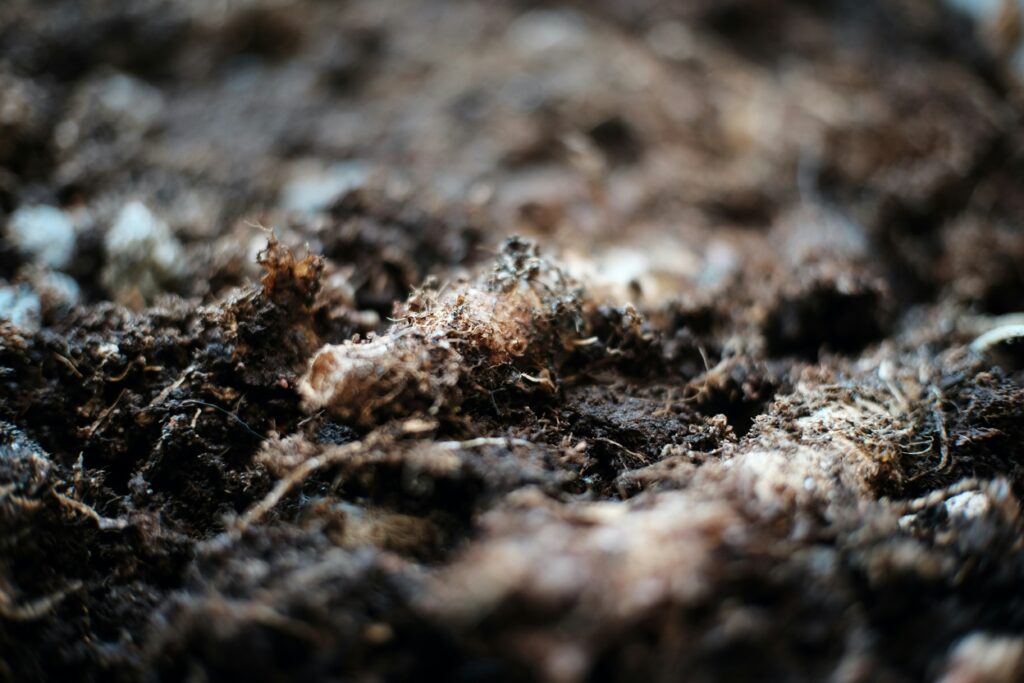
Decomposers play a crucial role in the nitrogen cycle, converting organic nitrogen locked in dead tissues back into forms plants can use. When organisms die, the proteins and nucleic acids containing their nitrogen must be broken down through a process called ammonification, where decomposers release the nitrogen as ammonia (NH₃) or ammonium (NH₄⁺). Specialized bacteria then convert this ammonia into nitrites and subsequently nitrates through nitrification, creating the primary form of nitrogen that plants absorb through their roots. In oxygen-poor environments, denitrifying bacteria convert nitrates back to atmospheric nitrogen, completing the cycle. Without decomposers driving these nitrogen transformations, this essential nutrient would remain inaccessible in dead organic matter, eventually depleting soils of available nitrogen and limiting plant growth worldwide.
Carbon Cycling Through Decomposition
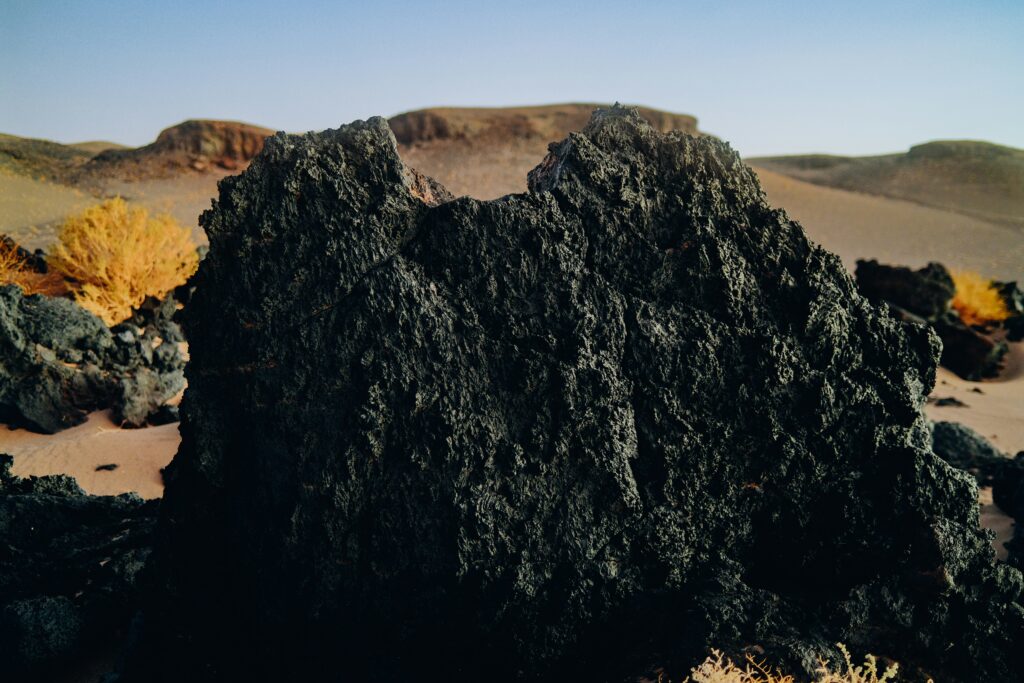
Decomposers function as key regulators in the global carbon cycle, determining whether carbon remains stored in soil or returns to the atmosphere. When plants and animals die, their carbon-rich tissues become food for decomposers, which metabolize organic carbon compounds and release carbon dioxide through respiration. In well-aerated soils, this process occurs rapidly, with much of the carbon returning to the atmosphere, while in oxygen-poor environments like wetlands and bogs, decomposition slows dramatically, allowing carbon to accumulate as peat or other organic soil components. The balance between decomposition and carbon storage significantly influences atmospheric carbon dioxide levels and thus global climate patterns. Certain decomposition products, like humus, represent partially decomposed organic matter that resists further breakdown, sequestering carbon in stable forms that can remain in soil for centuries or even millennia.
Factors Affecting Decomposition Rates

The speed and efficiency of decomposition vary dramatically based on environmental conditions and the characteristics of the organic matter being broken down. Temperature exerts perhaps the strongest influence, with decomposition rates roughly doubling with each 10°C increase, explaining why tropical regions recycle nutrients much faster than cold biomes. Moisture availability creates a bell curve effect—too little water inhibits microbial activity, while waterlogged conditions limit oxygen access and slow aerobic decomposition. The chemical composition of the dead material significantly affects how quickly it breaks down, with high-nitrogen tissues decomposing rapidly while lignin-rich or waxy materials resist breakdown. Soil characteristics, including pH, texture, and the existing microbial community, can accelerate or hinder decomposition processes. Human activities like tilling, fertilizing, and applying pesticides can dramatically alter decomposition rates by changing soil conditions and affecting decomposer populations.
Humus Formation: The End Product of Decomposition
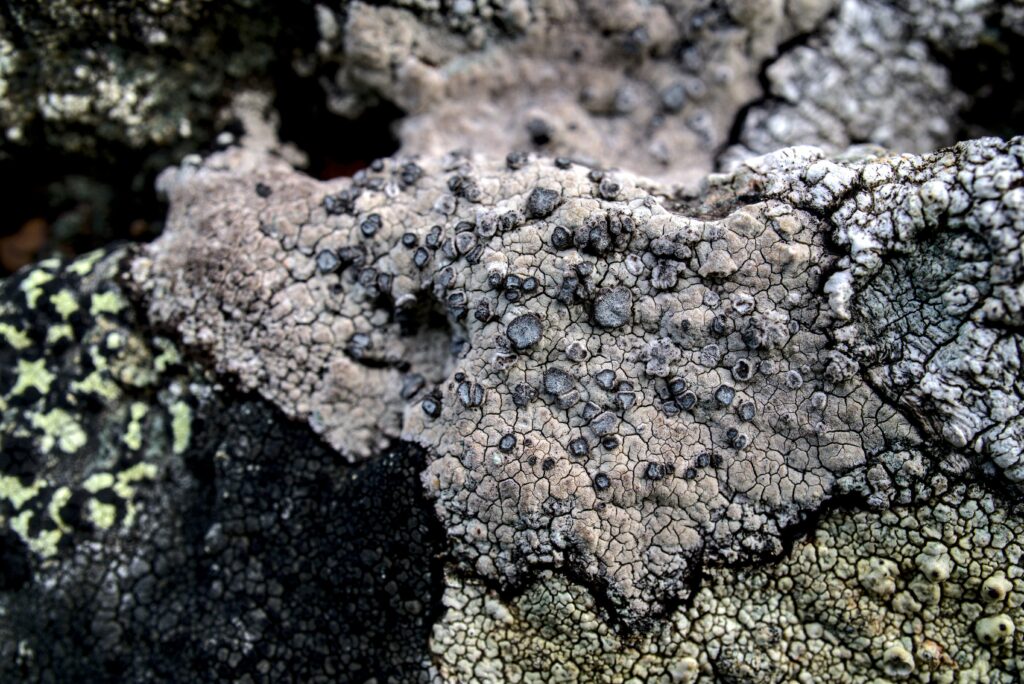
Humus represents the stable end stage of decomposition, consisting of complex organic compounds that resist further breakdown and provide long-term benefits to soil structure and fertility. This dark, spongy material forms when certain decomposition byproducts undergo chemical reactions that create large, complex molecules too difficult for even specialized decomposers to easily process. Chemically, humus consists primarily of humic and fulvic acids, which possess remarkable properties for improving soil quality, including the ability to hold up to 90% of their weight in water and bind to minerals that might otherwise leach away. The cation exchange capacity of humus allows it to temporarily store positively charged nutrients like calcium, magnesium, and potassium, releasing them gradually to plant roots. Humus-rich soils typically exhibit superior structure, better water infiltration and retention, increased resistance to compaction, and greater resilience to erosion and drought stress.
Decomposers in Agricultural Systems
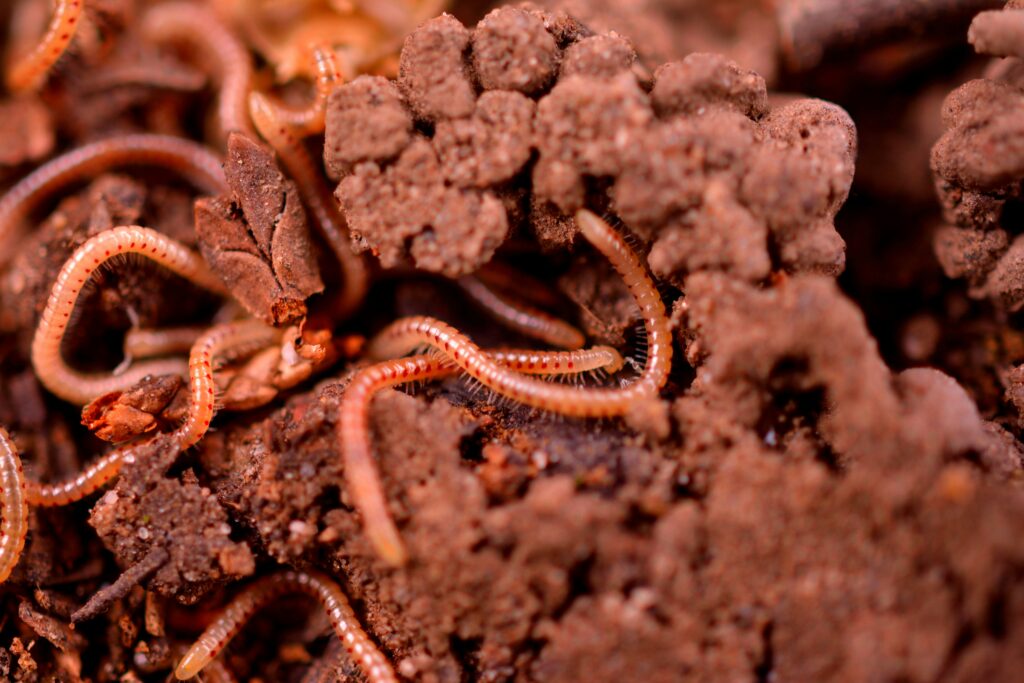
Modern agriculture increasingly recognizes decomposers as essential allies in maintaining soil health and sustainable production systems. Farmers can manage decomposer communities through practices like composting, which creates ideal conditions for microbial breakdown of crop residues and produces stable organic matter that enriches soil when applied to fields. Cover cropping and reduced tillage help maintain decomposer populations by providing continuous organic inputs and minimizing soil disturbance that disrupts fungal networks. Organic amendments like manure and compost tea introduce beneficial decomposers directly into agricultural soils, accelerating the breakdown of crop residues and improving nutrient cycling. Some innovative farmers even inoculate their soils with specific fungal species to enhance the breakdown of particularly resistant crop residues or to establish beneficial mycorrhizal relationships with their crops.
Decomposition in Natural Versus Disturbed Ecosystems

Natural ecosystems typically maintain balanced decomposition processes that effectively recycle nutrients without significant losses, while disturbed systems often experience altered decomposition dynamics. In undisturbed forests, decomposers work in stratified communities with specialized organisms breaking down materials in the canopy, leaf litter, and different soil depths, creating efficient nutrient cycling with minimal leaching. When ecosystems face disturbances like clear-cutting, mining, or intensive agriculture, decomposer communities become disrupted, often shifting toward bacterial dominance at the expense of fungal networks that take decades or centuries to fully recover. Climate change introduces additional complications by altering temperature and moisture regimes that control decomposition rates, potentially accelerating breakdown in previously cold-limited ecosystems like arctic tundra. Restoration ecologists now recognize that reestablishing healthy decomposer communities represents a critical but often overlooked component of ecosystem recovery after disturbance.
The Future of Decomposition Research and Applications
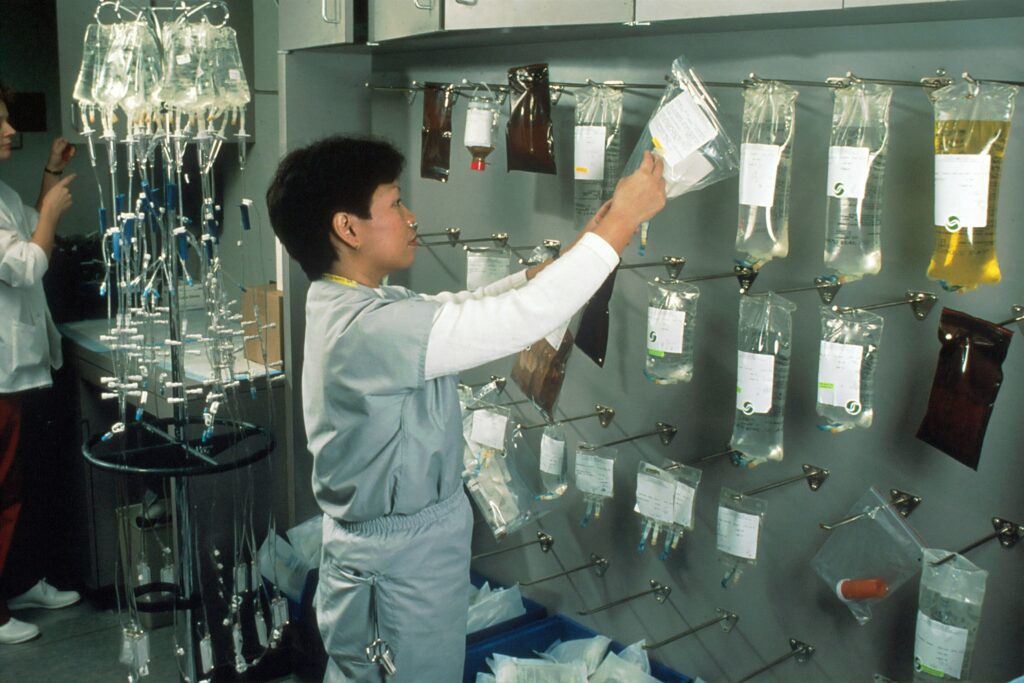
Emerging research on decomposition processes offers exciting applications for addressing modern environmental challenges. Scientists are exploring how specific decomposer communities might help remediate contaminated soils by breaking down pollutants like petroleum hydrocarbons, pesticides, and even certain plastics that conventional treatments struggle to address. Metagenomic sequencing now allows researchers to catalog the incredible diversity of decomposer organisms in different ecosystems, revealing thousands of previously unknown species with potentially valuable enzymatic capabilities. Climate scientists increasingly incorporate decomposition dynamics into their models, recognizing how changes in decomposition rates could create feedback loops that either accelerate or mitigate climate change. Some innovative waste management systems now deliberately harness decomposers to process organic municipal waste, creating valuable compost while diverting materials from landfills where their breakdown would produce methane, a potent greenhouse gas.
The intricate work of decomposers represents one of nature’s most elegant solutions to the challenge of sustainability. Through their tireless breakdown of dead organic matter, these organisms—from microscopic bacteria to visible fungi and industrious invertebrates—ensure that the elements of life remain in continuous circulation. The soil enrichment that results from decomposition provides the foundation for healthy ecosystems and productive agriculture, connecting death inexorably to new life. As we face growing environmental challenges, from soil degradation to climate change, understanding and working with decomposer communities offers promising pathways toward more sustainable systems. By honoring and emulating nature’s perfect recycling program, we gain not only practical solutions to environmental problems but also a deeper appreciation for the hidden processes that sustain life on Earth.

